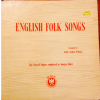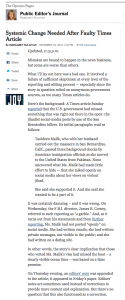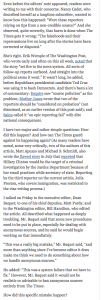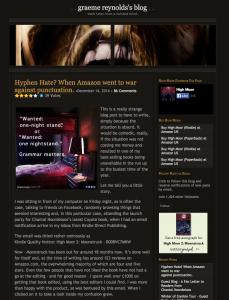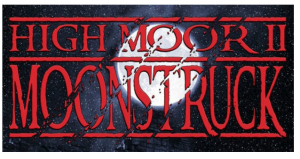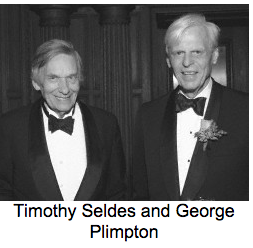New Year’s Tribute to Mr Stress, Jan 1 1943-May 18 2015, RIP to a Great Bluesman
 As a New Year’s gift to all my fabulous friends, readers and Internet acquaintances, I’m glad to share memories, an essay, and a few links about Cleveland’s Bill Miller—aka Mr Stress—a great blues harmonica player, singer, and leader of bands who died this past year, on May 18. I followed him avidly from 1972, when I turned 18, old enough to go to bars, to 1985 when I moved to NY. I think of him today, not only because his passing came this year, but because he was the first baby born in Cleveland in 1943, a bare minute after midnight. He was feted on the front page of the next day’s newspaper as the city’s first firstborn—a fitting birth for a bluesman when you consider Muddy Waters singing about the fabled blues character ‘born on the 7th son of a 7th mother on the 7th day.’ Clearly, Mr. Stress had an auspicious pedigree for a bluesman. He would’ve been 73 when the clock & calendar turn tonight. In 2012, I contributed an essay about Stress for the book Rust Belt Chic: The Cleveland Anthology, linked to here. Happily, I reconnected with him after I published the essay. Also, here’s Cleveland Plain Dealer reporter Chuck Yarborough‘s appreciation of him, published two days after his passing; and tributes by Cleveland musician Alex Bevan; and audio of Stress in performance (one and two).
As a New Year’s gift to all my fabulous friends, readers and Internet acquaintances, I’m glad to share memories, an essay, and a few links about Cleveland’s Bill Miller—aka Mr Stress—a great blues harmonica player, singer, and leader of bands who died this past year, on May 18. I followed him avidly from 1972, when I turned 18, old enough to go to bars, to 1985 when I moved to NY. I think of him today, not only because his passing came this year, but because he was the first baby born in Cleveland in 1943, a bare minute after midnight. He was feted on the front page of the next day’s newspaper as the city’s first firstborn—a fitting birth for a bluesman when you consider Muddy Waters singing about the fabled blues character ‘born on the 7th son of a 7th mother on the 7th day.’ Clearly, Mr. Stress had an auspicious pedigree for a bluesman. He would’ve been 73 when the clock & calendar turn tonight. In 2012, I contributed an essay about Stress for the book Rust Belt Chic: The Cleveland Anthology, linked to here. Happily, I reconnected with him after I published the essay. Also, here’s Cleveland Plain Dealer reporter Chuck Yarborough‘s appreciation of him, published two days after his passing; and tributes by Cleveland musician Alex Bevan; and audio of Stress in performance (one and two). 

